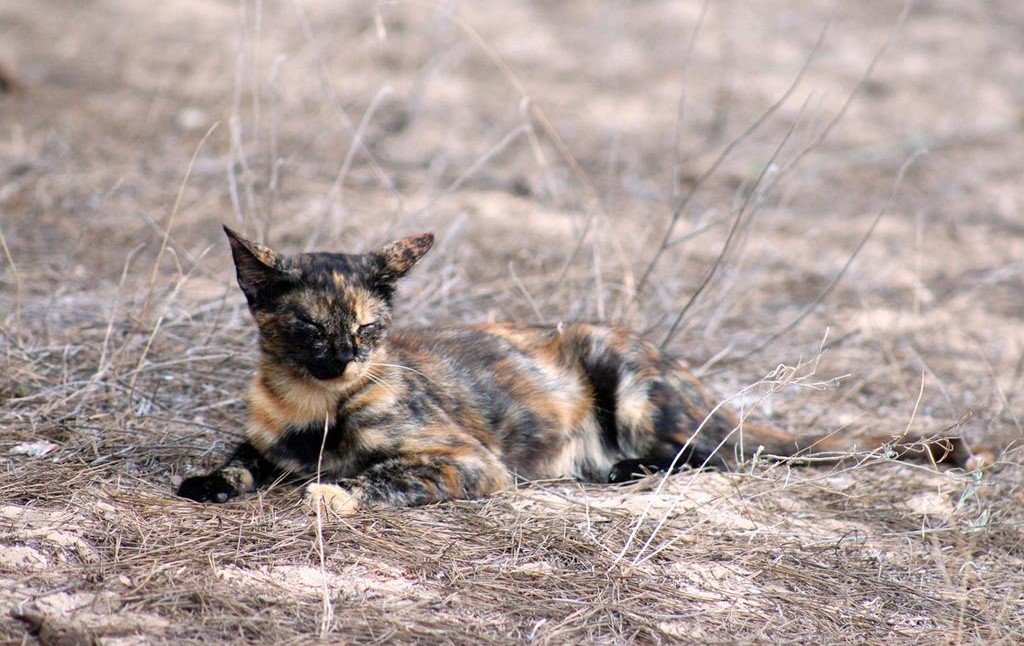Feral cats, with their untamed spirit and mysterious allure, often captivate the curiosity of animal lovers and enthusiasts. Unlike domesticated cats, these wild felines have chosen to live independently, forging their existence amidst nature’s challenges. If you’re keen on encountering these elusive creatures and understanding their way of life, there are certain steps you can take to increase your chances of spotting a feral cat. In this article, we’ll delve into the world of feral cats and provide valuable insights on how to find them respectfully and responsibly.
Understanding Feral Cats
Feral cats are domestic cats that have reverted to a more primitive, wild state due to a lack of socialization and human interaction. Unlike stray cats, which may have been domesticated before but have been abandoned, feral cats often have limited to no contact with humans and exhibit instinctual behaviors. These cats have adapted to living outdoors, typically forming loose colonies in urban and rural environments.
How to Find a Feral Cat?
1. Choose the Right Location
The first step in finding a feral cat is selecting an appropriate location. Feral cats are commonly found in areas with access to food sources like garbage bins, dumpsters, or areas with abundant rodent populations. Industrial areas, barns, abandoned buildings, and parks are also prime places to encounter these elusive felines.
2. Be Patient and Quiet
Feral cats are naturally wary of humans and will likely retreat if they sense danger. Patience and quiet observation are key when trying to find them. Choose a comfortable spot at a distance where you can quietly observe without causing any disturbances.

3. Use Bait or Food
Using bait or food can be a helpful strategy to attract feral cats. Set out some cat food or wet food in a quiet area, preferably during the early morning or late evening when feral cats are more likely to be active. Remember that this is not an attempt to domesticate the cat, but rather to observe its natural behaviors from a distance.
4. Use Trail Cameras
Trail cameras, commonly used for wildlife observation, can be a valuable tool for finding feral cats. These cameras are motion-activated and can capture images or videos of the cats when they approach the designated area. Place the camera near potential hiding spots or feeding areas for the best results.
5. Look for Signs
Feral cats often leave behind signs of their presence. Look for tracks, scat, and scratched tree trunks, which can provide clues about their activity in the area. These signs can guide you toward potential spots to observe them.
6. Avoid Direct Eye Contact
If you do spot a feral cat, remember to avoid direct eye contact, sudden movements, or any attempts to approach them. Feral cats are easily frightened, and trying to interact with them can cause stress and potentially drive them further away.
7. Respect their Space
It’s essential to respect the boundaries of feral cats and their natural habitat. Observing them from a distance is the best way to appreciate their behavior without causing harm or distress. Do not attempt to capture or relocate feral cats unless you are working with a qualified animal rescue organization.
Conclusion
Encountering a feral cat can be a thrilling experience, providing a glimpse into the lives of these independent and resilient creatures. Remember that feral cats are wild animals and deserve our respect and admiration from a distance. By choosing the right location, practicing patience, and using careful observation techniques, you can increase your chances of spotting these fascinating felines without disrupting their way of life. Enjoy the opportunity to connect with nature and learn about the intricate balance of the animal kingdom.
Related Post:
Are Feral Cats Nocturnal or Diurnal? Unveiling the Mysteries of Their Activity Patterns
Signs of a Semi-Feral Cat: Understanding Their Behavior and Needs



